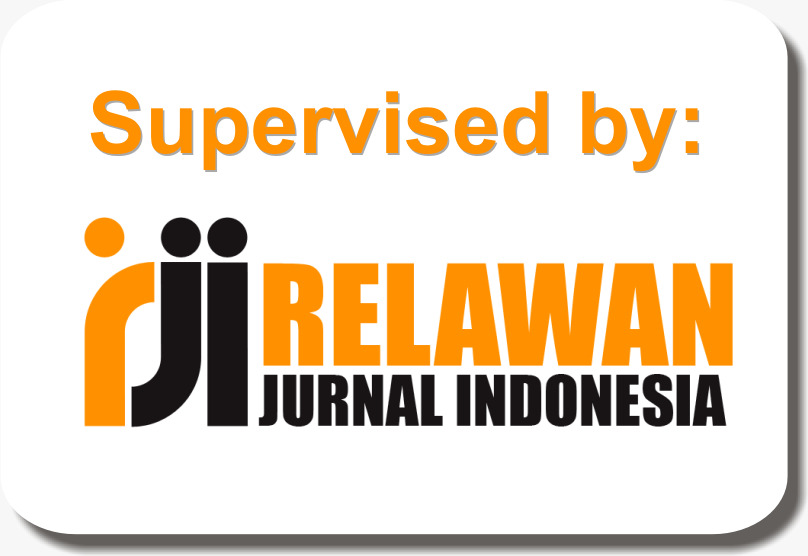Impact of Different HTTP Versions on Backend Application
Abstract
Keywords
Full Text:
PDFReferences
H. Nielsen et al., “Hypertext Transfer Protocol – HTTP/1.1,” Internet Engineering Task Force, Request for Comments
RFC 2616, Jun. 1999. doi: 10.17487/RFC2616.
M. Belshe, R. Peon, and M. Thomson, “Hypertext Transfer Protocol Version 2 (HTTP/2),” Internet Engineering Task Force, Request for Comments RFC 7540, May 2015. doi: 10.17487/RFC7540.
M. Bishop, “HTTP/3,” Internet Engineering Task Force, Request for Comments RFC 9114, Jun. 2022. doi: 10.17487/RFC9114.
“An Experimental View on Fairness between HTTP/1.1 and HTTP/2 | IEEE Conference Publication | IEEE Xplore.” Accessed: Dec. 04, 2023. [Online]. Available: https://ieeexplore.ieee.org/document/8718119
M. Trevisan, D. Giordano, I. Drago, and A. S. Khatouni, “Measuring HTTP/3: Adoption and Performance,” in 2021 19th Mediterranean Communication and Computer Networking Conference (MedComNet), Jun. 2021, pp. 1–8. doi:
1109/MedComNet52149.2021.9501274.
A. Gupta and R. Bartos, “User Experience Evaluation of HTTP/3 in Real-World Deployment Scenarios,” in 2022 25th Conference on Innovation in Clouds, Internet and Networks (ICIN), Mar. 2022, pp. 17–23. doi: 10.1109/ICIN53892.2022.9758130.
“HTTP/2 performance evaluation with latency and packet losses | IEEE Conference Publication | IEEE Xplore.” Accessed: Dec. 04, 2023. [Online]. Available: https://ieeexplore.ieee.org/document/8319285
J. Dubec, J. Balažia, and P. Čičák, “Performance evaluation of the HTTP/3 client implementations,” in 2023 46th
International Conference on Telecommunications and Signal Processing (TSP), Jul. 2023, pp. 260–263. doi:
1109/TSP59544.2023.10197834.
R. Marx, M. Wijnants, P. Quax, A. Faes, and W. Lamotte, “Web Performance Characteristics of HTTP/2 and
Comparison to HTTP/1.1,” in Web Information Systems and Technologies, T. A. Majchrzak, P. Traverso, K.-H. Krempels,and V. Monfort, Eds., in Lecture Notes in Business Information Processing. Cham: Springer International Publishing, 2018,
pp. 87–114. doi: 10.1007/978-3-319-93527-0_5.
X. Zak, J. Machaj, and L. Sevcik, “A Comparative Analysis of HTTP/2 and HTTP/3 Web Server Performance,” in 2024
ELEKTRO (ELEKTRO), May 2024, pp. 1–6. doi: 10.1109/ELEKTRO60337.2024.10556831.
N. Kirilov and E. Bischoff, “Networking Aspects of the Electronic Health Records: Hypertext Transfer Protocol Version
(HTTP/2) vs HTTP/3,” J. Med. Syst., vol. 48, no. 1, p. 61, Jun. 2024, doi: 10.1007/s10916-024-02080-0.
“Compute Engine,” Google Cloud. Accessed: Jul. 08, 2024. [Online]. Available:
https://cloud.google.com/products/compute
“What Is NGINX?,” NGINX. Accessed: Dec. 10, 2023. [Online]. Available:
https://www.nginx.com/resources/glossary/nginx/
“domsolutions/gopayloader: HTTP/S benchmark/load testing cross-platform tool with optional jwt generation - supports HTTP/1.1, HTTP/2, HTTP/3.” Accessed: Aug. 15, 2024. [Online]. Available: https://github.com/domsolutions/gopayloader/
“tc - manned.org.” Accessed: Dec. 10, 2023. [Online]. Available: https://manned.org/tc
“Node exporter | GitLab.” Accessed: Dec. 10, 2023. [Online]. Available:
https://docs.gitlab.com/ee/administration/monitoring/prometheus/node_exporter.html
“prometheus/prometheus: The Prometheus monitoring system and time series database.” Accessed: Dec. 10, 2023.
[Online]. Available: https://github.com/prometheus/prometheus
“About Grafana | Grafana documentation,” Grafana Labs. Accessed: Dec. 10, 2023. [Online]. Available: https://grafana.com/docs/grafana/latest/introduction
DOI: https://doi.org/10.29100/jipi.v10i3.6442
Refbacks
- There are currently no refbacks.

This work is licensed under a Creative Commons Attribution-ShareAlike 4.0 International License.
Website : https://jurnal.stkippgritulungagung.ac.id/index.php/jipi/index
Email : jipi@stkippgritulungagung.ac.id

This work is licensed under a Creative Commons Attribution-ShareAlike 4.0 International License.




